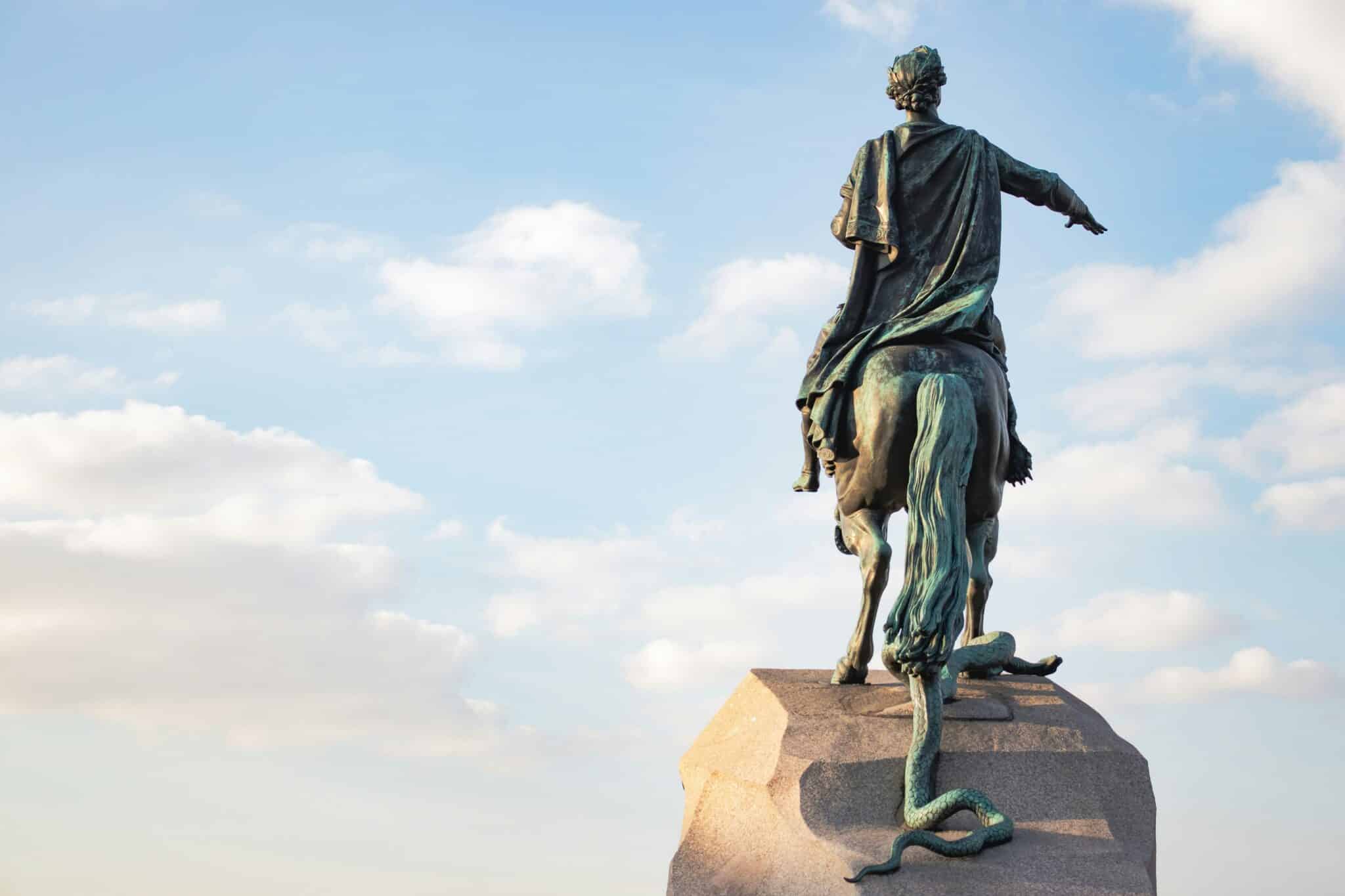Something I find most gratifying about the saints is that they exhibit characteristics that we find in ourselves. After all, who can’t relate to St. Francis’ love of creation or St. Cecilia’s deep appreciation for music? When haven’t we wrestled with moments of crippling doubt like St. Joseph?
And there is a saint for every issue: unappreciated in your job as a coffin maker? Invoke St. Stephen the Martyr! A fugitive with a heavy conscience? Appeal to St. Brigid of Ireland! Plagued by an infestation of caterpillars? Voice your woes to St. Magnus of Füssen!
I’ve always had a great affinity for the saints. They have been my grace-filled tour guides along life’s uneven journey, leading me to smoother paths.
I See Dead People
But one drawback to being a fan of the saints is that they are, with all due respect, dead. Their life stories are astounding but sometimes beyond my modern-day comprehension. Book illustrations are one-dimensional. That’s why statues of these venerated people are the next best thing.
While saints and statues are not for worship, they are sources of encouragement for me. And I need only sit down in the nearest church or stroll through a cemetery to be in such good company. They evoke a quiet rush of inspiration.
St. Anthony of Padua, with his docile gaze, inspires a simple grace. St. Joan of Arc stirs passion and resilience. Renderings of the Virgin Mary can soothe a wearied heart as only a mother can.
These saintly statues are more than just clay or bronze shaped by an artist’s hand. They are figures of motivation, something I lack on occasion. Though motionless, they encourage me onward in my journey. While silent, they speak whole litanies of faith which fill my heart. For at least a moment, I’m at peace.
A Visit With Old Friends
Not far from where I live is a cemetery for the Sisters of Charity which has a replica of Michelangelo’s Pietà. For many years I would take walks through the grounds and make every effort to stop by to admire it. Though it depicts a tragic moment, I would marvel at its artistry, its significance, and the redemptive power of that moment.
For the first time in many summers I took a recent stroll back there to see it. Acid rain had pounded the statue, but it was still something breathtaking to look at.
As I made my way out of the cemetery that day, I stopped to gaze at the statue of St. Elizabeth Ann Seton. The figure is lifted slightly off the ground, and just underneath her is a steady flow of water that circulates into a small pool. St. Francis would be proud: Birds of countless varieties drink and bathe underneath her tiny feet. It imparts a calm in me before I leave to rejoin a noisy world.
Statues such as these are my gentle reminder to move forward. The saints may have stumbled along the journey but they were committed to their destination. As such, these men and women are my coaches and my confidantes along life’s meandering walk toward heaven.
The saints remind me that, much like their sculpted counterparts, both my life and my faith can be unbreakable works of art.
Statues and Devotions to Saints
Statues of Mary and other saints were considered by some 16th-century Protestant Reformers as idolatrous and a violation of the First Commandment. Centuries earlier, the Iconoclasts had made the same complaint about painted images of saints.
In both instances, the Church responded that these objects are not worshiped (worship belongs to God alone) but are venerated as a reminder of someone who was very open to God’s grace and ready to cooperate with it. Whether they are represented physically or evoked mentally, saints always point us to God—not primarily to themselves. November 1 is All Saints Day.
Next Month: Advent/Christmas Calendars








